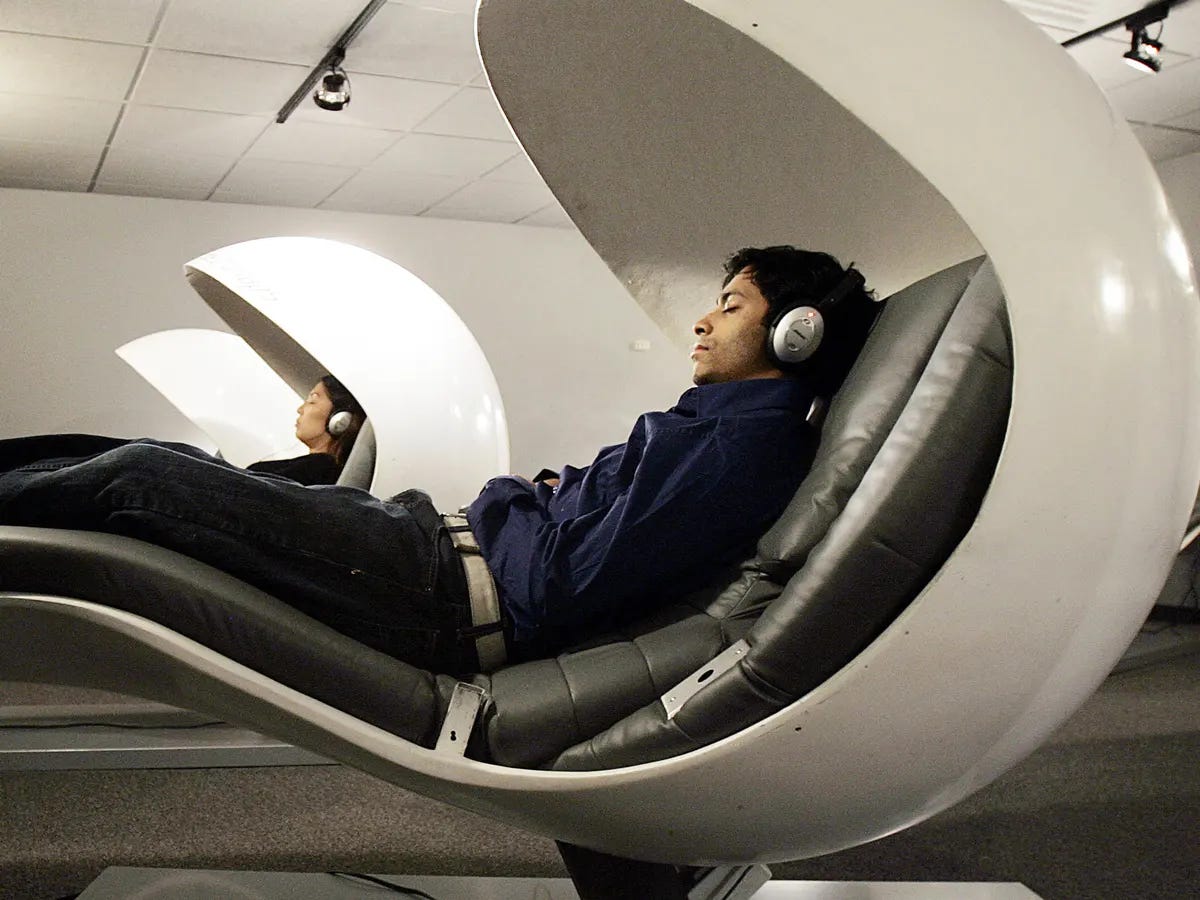Welcome back to the twenty shades of “time is money” series. Every Tuesday we’re breaking down research findings from my dissertation exploring the phenomena of social acceleration, marketing, and consumer culture.
This research helped me better understand my own relationship to time and consumption (and specifically, the felt need to constantly be busy and hurry through life and buy things as an antidote to this frenzy). Thank you for reading, and I hope there is a nugget of inspiration for you here too!
This week we’re covering the second way “time is money” shows up in US consumer culture:
FAST IS A COMPETITIVE ADVANTAGE (in business, in geopolitical relations, in your career, in everyday life…)


I’m not trying to be dense when I suggest that fast is not always a competitive advantage. I grew up as a competitive swimmer; in sports like swimming it’s very clear: you either complete your race and hit the wall first, or you don’t. There’s a clear winner and loser. The fastest wins.
But. I think it’s worth asking: Always? The fastest wins… always?
My 3-year-old and I have been exploring the Disney+ streaming platform. We’ve uncovered some delightful classics that I vaguely remember from my own childhood, and also a few animations that predate me. In the category of the latter, we recently watched The Tortoise and the Hare (released in 1935).
I think most of us have an inner sense that going fast isn’t always a competitive advantage. Fable stories like The Tortoise and the Hare have instilled that “slow and steady win the race”. More recently, figures like James Clear have reinstated the importance of consistent, compounding effort to achieve great results. (Combining these two examples, one of my favorite voices in the slower living space, Brooke McAlary, recently wrote a perceptive piece on the idea of the 1% and living slowly on her Substack, The Tortoise.)

What I’ve discovered both personally and through my research on downshifting is that it’s hard to quiet the cultural voice that encourages speed, or diminishes the value of going a little slower.
That is, unless, if going slow will itself become a competitive advantage.
In the theory of Social Acceleration, Hartmut Rosa identifies several types of inertia one may experience in a high-speed society. One type of inertia is ‘slowdown as an acceleration strategy’, wherein one chooses to temporarily slow down in order to eventually go faster. For example, a busy executive may meditate before work so they can more focused and productive later. Marketing academics Husemann and Eckhardt build on this idea, coining the term ‘oasis of deceleration’, a space of temporary respite that acts to shelter one from the speed of everyday life - usually so one can return to everyday life re-energized for the rate of speed and performance required. (Aptly, Husemann and Eckhardt’s shortened summary in the Harvard Business Review, “The Growing Business of Helping Customers Slow Down”, is categorized as ‘Competitive Strategy’.)

Sadly, these types of inertia, or slowdown strategies, are temporary and cannot outlast the stubborn power of culture to get us moving quicker.
Culturally, we cannot seem to completely unroot ourselves from speed because we cannot unroot ourselves from competition. Going fast is competitive, and competitiveness is the primary way to achieve things in US culture.



David Livermore conducts research in the area of cultural intelligence and uses ten dimensions to analyze differences and similarities between cultures. One cultural dimension is achievement: how does a culture generally achieve outcomes? The answer lies on a spectrum of cooperative to competitive. Cooperative cultures tend to build trust based on relationships and believe that the best way to accomplish something is by getting people to work together. Competitive cultures tend to build trust based on task completion and believe that the best way to accomplish something is through competition.
The US leans heavily on a competitive ethos.
Competition is also linked to two other cultural dimensions: individualism and long-term orientation. You can see below that the US ranks high on individualism (so, placing less importance on the collective) and low on long-term orientation (so, favoring a short-term time orientation). When we believe we alone are responsible for our success, in addition with a penchant for achieving that success sooner rather than later, we will compete hard and fast.

I don’t mind competitiveness, and I actually identify as a competitive person. But as I’ve explored concepts and movements like infinite games and slower living, some of my competitive (what I thought was) nature softened. I no longer see situations as zero-sum scenarios that I can muscle through alone. And I no longer see fierce competition as the only way to be successful.






Looking around our culture, zero sum games are everywhere. Being born into it (my dad had a car phone) it can be difficult to perceive alternatives. Some days it’s enough to be aware and hopeful that other possibilities exist.
“Slow is smooth, smooth is fast…”
Love these, and look forward to Tuesdays